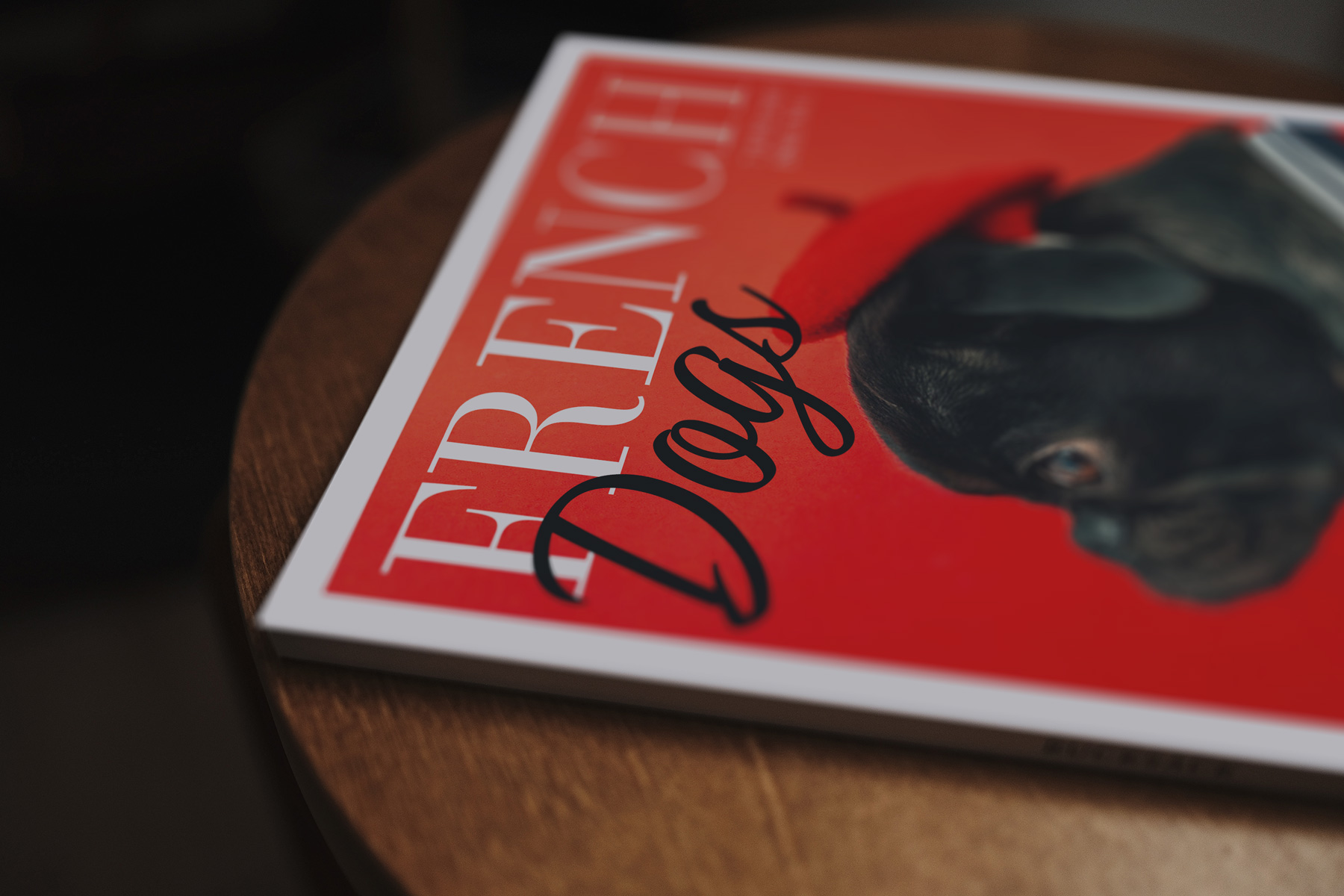next post


Vox recently released a video highlighting the decline of neon signage in Hong Kong. A city once defined by neon now finds itself needing to adapt to modern times. But at what cost, culturally?
On a purely economic level, L.E.D. signage is much more cost-effective than neon signage. The materials used to make L.E.D. lighting is cheaper than the craftsmanship of neon. Less energy is required to power an L.E.D. sign compared to its neon counterpart. Additionally, repairs and general upkeep for L.E.D. signage is cheaper and easier to maintain.
Crafting neon is an art. Although its mainstream success spread like wildfire in cities across the world during the 1970s and 1980s, neon signage has since found itself more akin to an artisan craft for niche markets. Mass-produced L.E.D. signage dominates a world once lit by neon.
Aside from economics, city safety & signage regulations imposed over the years resulted in the removal of over 1,000 neon signs in Hong Kong. L.E.D. signs also benefit from being more lightweight and durable than the bulky and fragile neon signage.
Even still, places like Memphis, Tennessee’s Beale Street attempt to keep the culture of neon alive. While many locations in Hong Kong have already made the switch to L.E.D. signage, several hope to gain historical allowances to keep their own culture of neon alive.
Admittedly, I much prefer the warm glow of a neon sign to a dinky L.E.D. sign. Maybe it’s just because Bladerunner’s so goddamn cool.

Speaking of sentient robots questioning the nature of their reality, have you seen these brilliant Westworld: Season 2 Portrait Illustrations by Berkay Daglar?
Be a lot cooler if ya did
We send nothing but the good shit. Once a week. That’s it.

Stay up-to-date with all of the design and creative news, resources, and inspiration by signing up for the CreativesFeed newsletter!